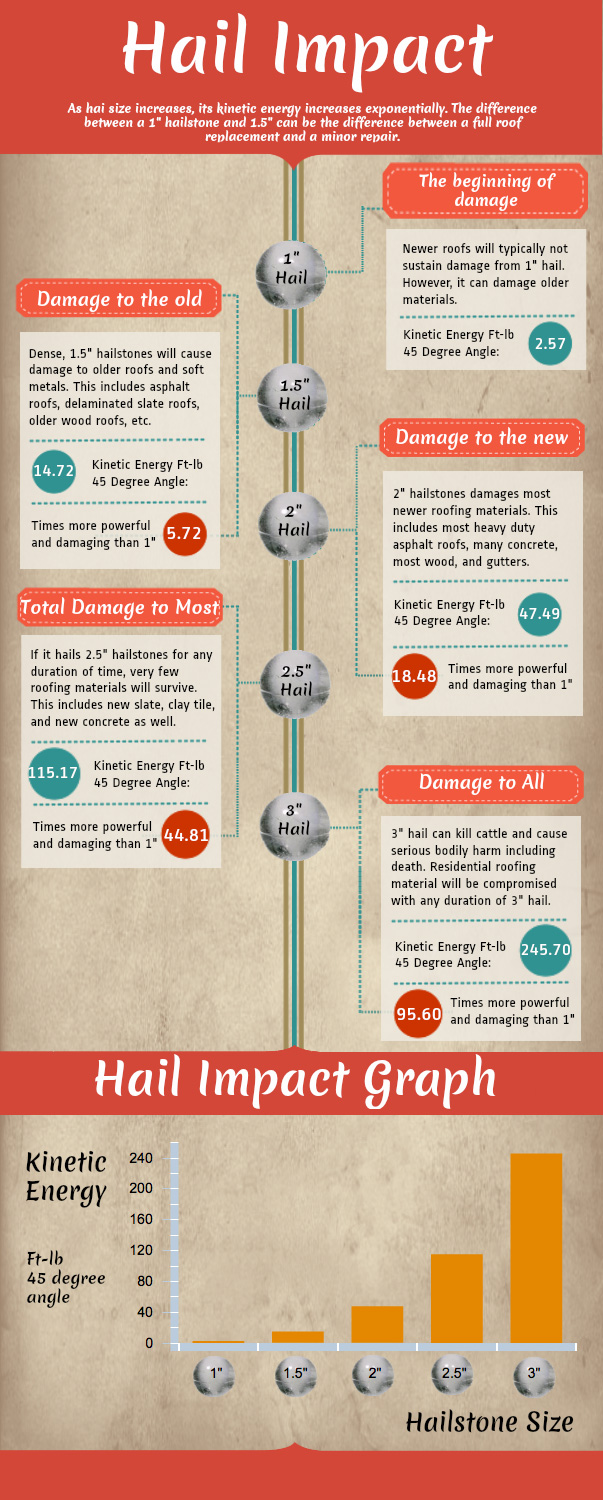Disregarding Roof Ventilation Can Incur High Costs In Repairs; Comprehend The Essential Factors That Make Certain Correct Installment And Shield Your Financial Interests
Disregarding Roof Ventilation Can Incur High Costs In Repairs; Comprehend The Essential Factors That Make Certain Correct Installment And Shield Your Financial Interests
Blog Article
Short Article Created By-Lassiter Curtis
When you're dealing with a roof covering job, you could not believe much concerning roof covering air flow, however it's even more critical than you understand. Effective air flow assists manage temperature level and dampness in your attic, preventing problems like mold and mildew and architectural damage. By understanding just how to make and set up a balanced air flow system, you can boost energy efficiency and lengthen the life expectancy of your roof covering products. So, what are the crucial aspects to think about during setup that can make all the difference?
Relevance of Roof Ventilation
Roof air flow plays a critical duty in preserving the overall health and wellness of your home. By enabling fresh air to distribute via your attic, it aids regulate temperature level and dampness levels. This balance is important to prevent warm build-up throughout warm months, which can bring about boosted energy expenses as your cooling works overtime.
Moreover, proper ventilation considerably lowers the risk of moisture-related issues like mold and mildew and mold. If humidity degrees increase, your home's architectural honesty can be compromised, bring about expensive repair work. You wouldn't wish to take care of deteriorating wood or deformed roofing products, right?
Additionally, appropriate ventilation extends the life expectancy of your roofing system. When warmth and dampness are kept in check, your roofing system can do ideally, preventing early wear and tear. This suggests fewer headaches and expenses down the line.
How Roof Covering Ventilation Functions
Reliable roofing system air flow relies on the natural movement of air to develop an equilibrium in between intake and exhaust. When you install vents, you're essentially enabling fresh air to enter your attic while allowing warm, stagnant air to get away. This procedure assists control temperature level and wetness degrees, avoiding problems like mold and mildew growth and roof covering damage.
Intake vents, typically discovered at the eaves, attract great air from outside. On the other hand, exhaust vents, located near the ridge of the roof, allow hot air surge and departure. The difference in temperature level develops a natural air flow, called the stack effect. As warm air rises, it produces a vacuum cleaner that pulls in cooler air from the reduced vents.
To enhance this system, you need to guarantee that the intake and exhaust vents are effectively sized and positioned. If the consumption is restricted, you won't accomplish the preferred air flow.
Likewise, insufficient exhaust can trap heat and moisture, causing potential damages.
Secret Installment Factors To Consider
When setting up roof ventilation, several essential factors to consider can make or damage your system's efficiency. Initially, you need to assess your roofing's layout. The pitch, form, and products all influence air movement and air flow choice. See to it to select vents that suit your roof type and neighborhood climate problems.
Next off, consider the placement of your vents. Preferably, Read the Full Posting 'll desire a balanced system with intake and exhaust vents placed for optimal airflow. Location intake vents short on the roofing system and exhaust vents near the height to motivate an all-natural flow of air. This setup helps protect against wetness build-up and advertises power performance.
Do not ignore insulation. Correct insulation in your attic protects against warmth from escaping and keeps your home comfortable. Make certain that insulation doesn't obstruct your vents, as this can impede air movement.
Finally, consider upkeep. Choose air flow systems that are very easy to accessibility for cleansing and inspection. Learn Even more guarantees your system remains to operate effectively with time.
Verdict
To conclude, roofing system air flow is necessary for an effective installment. By making certain proper air flow, you can protect against warmth accumulation and dampness problems that result in pricey damage. When you strategically position consumption and exhaust vents, you enhance power performance and extend the lifespan of your roofing system. Bear in mind, a well-ventilated roofing not only protects your investment however also enhances your indoor air quality. So, focus on ventilation to ensure a resilient and economical roof for your home.
